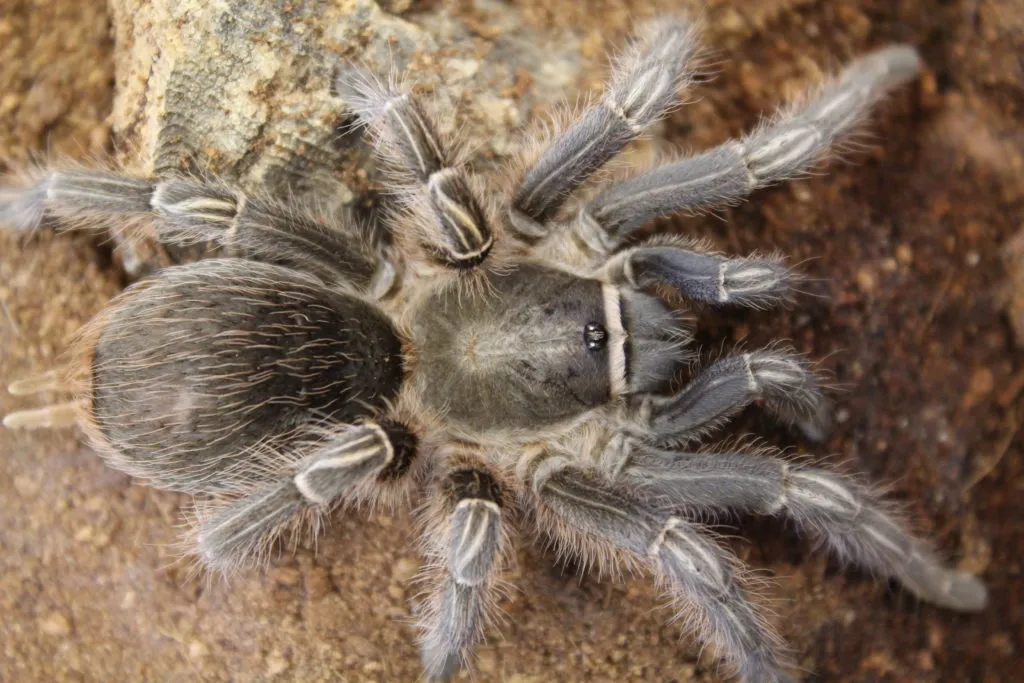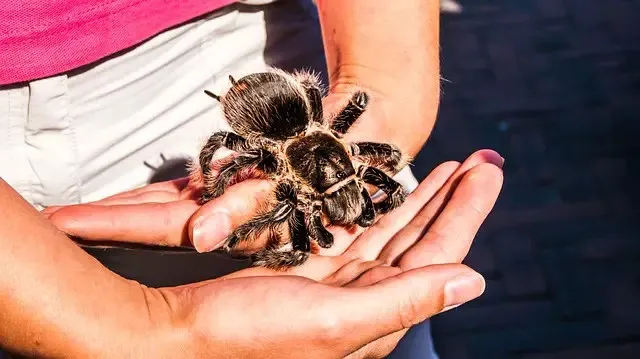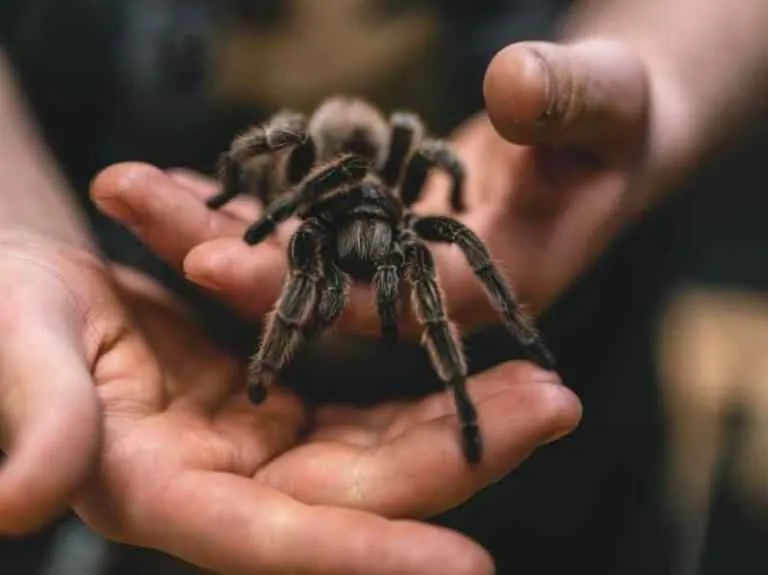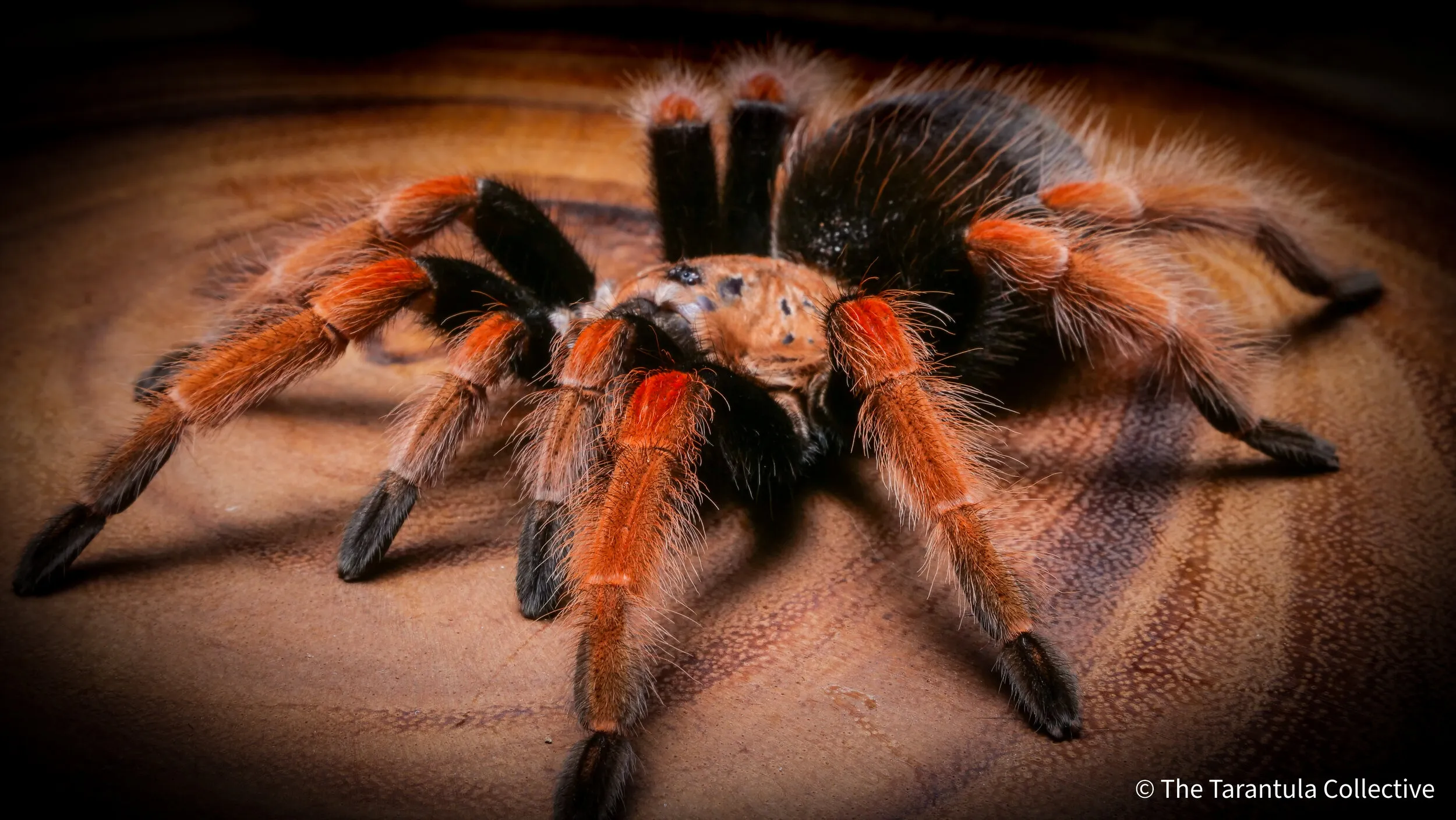Tarantula Care Tips for Beginners
Keeping a tarantula can be a rewarding experience for any pet enthusiast. These fascinating arachnids are relatively low-maintenance compared to many other pets, making them a popular choice for beginners. However, responsible tarantula ownership requires understanding their basic needs and providing a suitable environment. This guide provides essential care tips to ensure your tarantula thrives in its new home. From choosing the right species to maintaining a clean habitat, these top 5 tips will set you on the path to successful tarantula keeping. Remember, patience, observation, and attention to detail are key to enjoying the unique experience of owning a tarantula.
Choosing Your First Tarantula
The first step in keeping a tarantula is selecting a species that suits your lifestyle and experience level. Not all tarantulas are created equal, and some are better suited for beginners. Research is crucial; understanding the temperament, size, and care requirements of different species will prevent any surprises. Consider your comfort level with handling and the space you have available for housing.
Researching Different Species

Before acquiring a tarantula, delve into research. Look into species known for their docile nature and ease of care. The Chilean Rose Hair (Grammostola rosea) and the Pinktoe Tarantula (Avicularia avicularia) are popular choices due to their generally calm temperaments and manageable size. Online forums, pet stores, and experienced tarantula keepers can provide valuable insights into the specific needs of each species.
Considering Temperament and Size
Temperament is a significant factor. Some tarantulas are more prone to defensive behaviors, like biting or flicking urticating hairs, than others. Size also matters; larger species require larger enclosures and can pose more of a challenge to house and care for. Balancing these factors, choose a species you feel comfortable handling and can provide for adequately.
Setting Up the Perfect Habitat
Creating the right habitat is crucial for your tarantula’s health and well-being. The enclosure should mimic their natural environment, providing shelter, security, and the right conditions to thrive. The size, substrate, and environmental controls will contribute to the overall health of the tarantula. A well-prepared habitat reduces stress and increases the chances of your tarantula living a long, healthy life.
Selecting the Right Enclosure

The enclosure should be appropriately sized for your tarantula’s species and size. Glass or clear plastic terrariums are common choices, allowing for easy viewing and maintenance. The enclosure should be escape-proof with secure lids, especially if keeping a fast-moving species. Vertical space is essential for arboreal species, while terrestrial species need more floor space for burrowing and exploring. Proper ventilation is also essential to prevent the buildup of humidity and mold.
Choosing Appropriate Substrate
The substrate serves as the flooring of your tarantula’s habitat, providing a medium for burrowing and maintaining humidity. A mix of substrate options, such as peat moss, coconut fiber, and vermiculite, is ideal for creating a natural and comfortable environment. The type of substrate should be selected based on the tarantula species. Terrestrial species benefit from deep substrate for burrowing, while arboreal species may require a substrate mix that can hold moisture. Avoid substrates that are treated with chemicals or contain harmful additives.
Maintaining Temperature and Humidity
Temperature and humidity are critical environmental factors. Research the specific temperature and humidity needs of your chosen tarantula species and maintain these conditions consistently. A thermometer and hygrometer are essential tools for monitoring the environment. Use a heat mat or a ceramic heat emitter to maintain appropriate temperatures. Regular misting or providing a water dish will help regulate humidity levels. Avoid placing the enclosure in direct sunlight, as this can cause overheating.
Feeding Your Tarantula

Feeding your tarantula is another important aspect of its care. Tarantulas are primarily insectivores, meaning they eat insects. The type of food you offer will depend on the size and age of your tarantula. A balanced diet of live insects is vital for their health. Ensure the insects are gut-loaded with nutritious food before feeding them to your tarantula.
Understanding Dietary Needs
Tarantulas primarily feed on insects. Crickets, mealworms, and roaches are common choices for feeding. The size of the prey should be appropriate for the tarantula, generally no larger than the tarantula’s body. Feeding frequency varies depending on the tarantula’s age and species; typically, juveniles are fed more often than adults. Remove uneaten prey within 24 hours to prevent stress for the tarantula and potential mold growth in the enclosure. Always research the specific dietary preferences of your tarantula species.
Safe Handling and Feeding Practices
Handling tarantulas is generally not recommended unless necessary. Tarantulas can be skittish, and handling can stress them. Always use long tongs to feed insects to your tarantula, avoiding any risk of being bitten. Wash your hands thoroughly before and after handling or interacting with the tarantula or its enclosure. Be cautious of any tarantula showing signs of aggression, such as a raised defensive posture or the flicking of urticating hairs. Be aware of the potential for allergic reactions if exposed to the urticating hairs.
Providing Water

Like all living creatures, tarantulas need access to fresh water. Proper hydration is essential for their overall health. Provide a clean water source at all times, whether through a water dish or by misting the enclosure. Regular access to clean water helps tarantulas molt successfully and stay healthy.
Ensuring Proper Hydration
Dehydration can be fatal to tarantulas. Always provide a shallow water dish filled with clean water. The dish should be small enough to prevent the tarantula from drowning but large enough to allow easy access. Change the water regularly to prevent bacterial growth. For smaller tarantulas, use a bottle cap filled with water or provide a damp cotton ball. Monitor the water level daily.
Water Bowl and Misting
In addition to a water bowl, misting the enclosure can help maintain proper humidity levels, which is crucial for molting. Mist the enclosure lightly with dechlorinated water, avoiding directly spraying the tarantula. Misting should be done based on the specific humidity requirements of the species, typically once or twice a week. Observe the tarantula’s behavior and the substrate’s moisture level to determine when misting is necessary. Over-misting can lead to a mold problem.
Regular Cleaning and Maintenance

Maintaining a clean enclosure is essential to prevent the buildup of bacteria and mold, which can harm your tarantula. Regular cleaning helps create a healthy and enjoyable environment for your pet. Spot cleaning and complete habitat cleaning are important aspects of proper tarantula care. Following a consistent cleaning schedule helps to maintain the health of your pet tarantula.
Spot Cleaning and Waste Removal
Spot cleaning should be done regularly, ideally once a week, to remove any uneaten food, waste, and dead insects. Use long tongs to carefully remove any debris. This helps prevent the growth of mold and bacteria. Check the substrate regularly for any signs of mold or excessive moisture. A clean environment is necessary for the well-being of your tarantula. This will reduce the risk of illness.
Complete Habitat Cleaning
A complete habitat cleaning should be done every few months, or more often if the enclosure becomes heavily soiled. Carefully remove the tarantula to a temporary holding container. Replace all substrate, wash the enclosure with a mild soap and water solution, and rinse thoroughly. Allow the enclosure to dry completely before returning the tarantula and replacing the substrate. Always wear gloves and wash your hands thoroughly before and after cleaning the enclosure. This will reduce the chances of any contamination affecting your tarantula.
